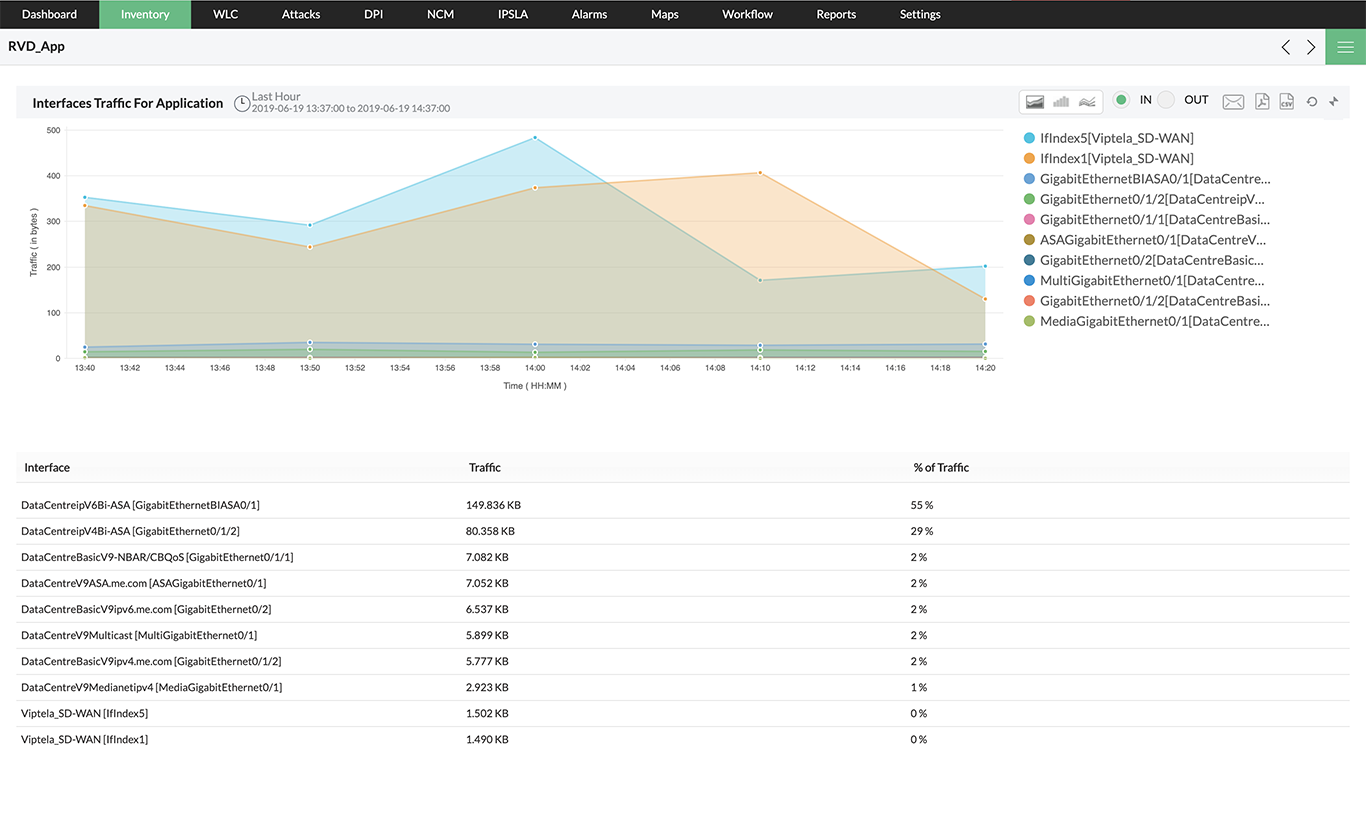

Disk monitoring allows administrators to identify storage performance for errors, ensure effective space utilization, track I/O performance and generally keep disks working optimally, while also further reducing downtime.

Similar to performance monitoring, network monitoring software can track a variety of factors that can indicate the network performance issues and reliability of the IT infrastructure, critical for simple network management. In the following sections, we’ll examine how network monitoring works, how it benefits organizations of all sizes, and how you can get started with a network monitoring solution. Network monitoring simplifies the process by automating many of the checks a system administrator would otherwise have to perform manually, and surfacing performance information so IT staff can act quickly to resolve problems. If the collected data doesn’t fall within acceptable performance thresholds, the network monitoring system initiates an automated fix or alerts the network administrator so they can correct the problem.Īs network infrastructure grows larger and more complex, it becomes harder for administrators to stay on top of component health, security vulnerabilities and other issues that can compromise network performance. The software tracks and collects data for various network parameters such as availability, throughput, packet loss and storage performance.


Network monitoring, not to be confused with network management, is typically performed by specialized network monitoring software that uses a combination of techniques to continuously test the network health and functionality, including network components like firewalls, switches, servers and virtual machines. Network monitoring is the oversight of a computer network to detect degrading performance, slow or failing components and other potential problems.


 0 kommentar(er)
0 kommentar(er)
